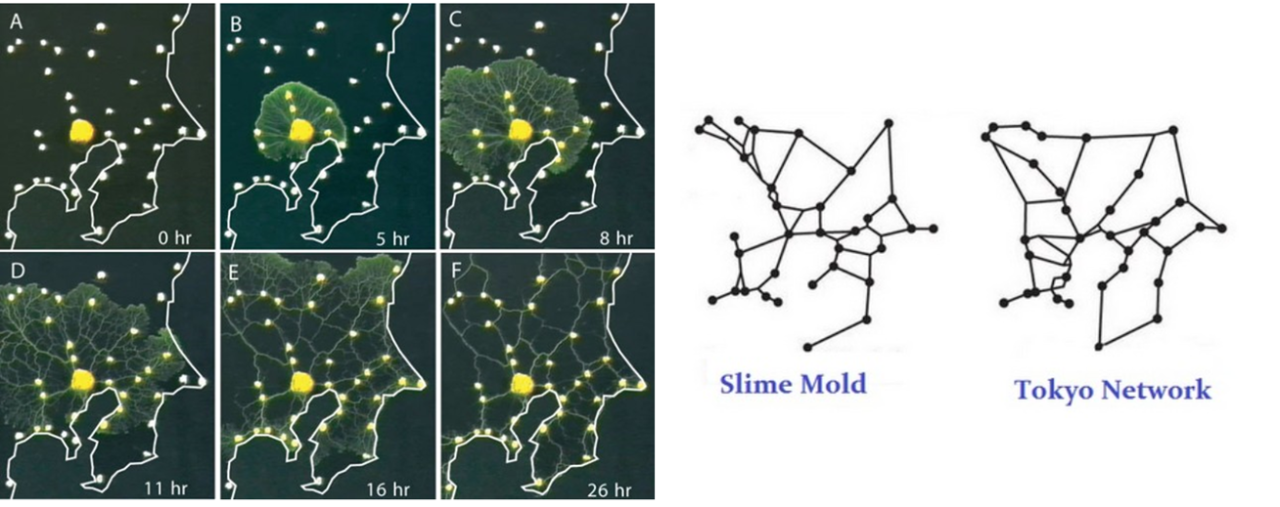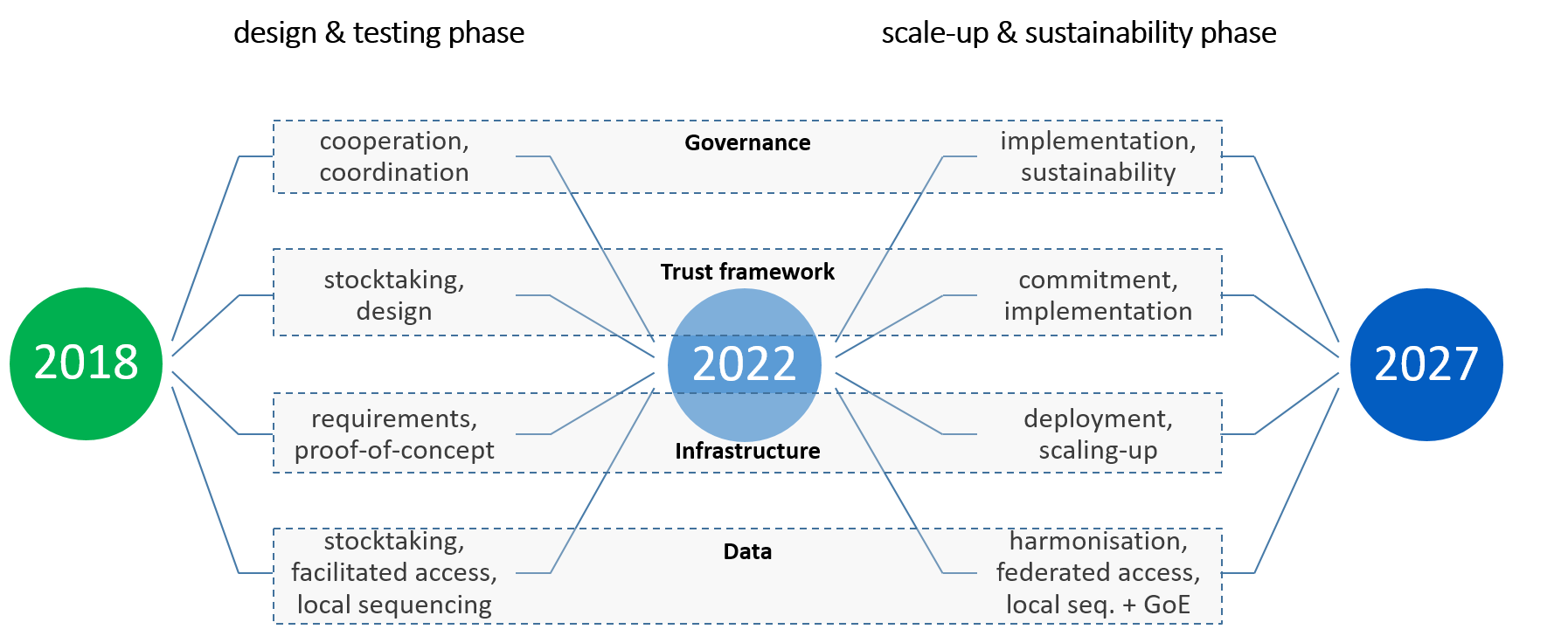As part of the Philippine government's efforts to promote the digital transformation of the daily transactions of its citizens, The Central Bank of the Philippines has launched a rapid response system for financial transactions between individuals and merchants. This system will enable merchants to quickly conduct retail transactions via QR codes generated by the service vendor. Where buyers can scan them without the need for an internet connection, The parties will receive confirmation of the success of the transaction after collecting any payment.
Electronic payment systems are very popular due to the increasing use of online shopping, Besides being a safe and smooth way that saves time and effort, It enables customers to pay for goods or services from anywhere, anytime and through multiple means, One of the most prominent is the widespread points of sale.
Despite the challenges faced by the Philippines to secure internet connectivity in its cities, The Central Bank of the Philippines is making great efforts to facilitate electronic transactions, which have witnessed an increasing demand by the population, Especially after the restrictions imposed by the government on movement in response to the COVID-19 pandemic. According to some reports, More than 70% of payments in the Philippines are made between buyers and merchants within retail operations. However, only 15% of these merchants manage to make payments online.
As the number of smartphone and internet users is constantly increasing, It reached nearly 74 million Filipinos, or almost two-thirds of the Philippine population, The Philippine government has decided to leverage technology applications to send and receive payments. Therefore, the Central Bank of the Philippines has launched a "rapid response" system to facilitate payment between buyers and merchants. After its first edition – released in 2019 – remittances are carried out within the information sector only. Initial testing of the new system began in April 2021.
The system relies on the use of "quick response" codes in completing financial transactions, It uses InstaPay in its transactions. It is one of the applications offered by the Central Bank of the Philippines to facilitate electronic payment under the national retail payment system. Through this simplified process, The system allows customers to purchase products from a wide range of companies to obtain goods and services from department stores, pharmacies, grocery stores, electronics and restaurants, Users can also take advantage of the system to pay bills, The system's consumer base includes individuals and small businesses, which constitute more than 98% of the companies registered in the country. It is an important part of the country's informal economy.
Payment service vendors will generate "quick response" codes for merchants who print them. When you make a purchase, The merchant asks the buyer to scan the codes without the need to connect to the Internet or enter the merchant account information manually, All of this will be included in the merchant's QR code, Upon completion, Confirmation of the completion of the operation shall be received by both parties, Any merchant and customer.
The project is still in the pilot launch period, The experiment will be evaluated based on its findings and challenges. But the QR payment system is expected to be successful when introduced on a larger scale. The data indicates that the previous project, which included the same technology for payment and financial transfers in the information sector, has strengthened the efforts of the Central Bank in increasing electronic payment operations. Since the second quarter of 2020, Financial transactions with a "rapid response" system have increased 45 times, This is a quarterly growth rate of approximately 110% in the volume of transactions and 229% in their value. Nine financial institutions and e-wallet service providers have joined forces with the Central Bank of the Philippines in this program. To enable their subscribers to benefit from the facilities of electronic payment procedures for more than 20,000 merchants and in 30,000 locations.
As for customers, The system is low cost and easy to use, It gave them the freedom to choose the digital payment service they want through the "Interoperability" feature, which facilitates financial transactions between various entities. In line with the United Nations Principles on the Responsible Use of Digital Payments.
Developers expect the project to have a long-term positive impact by providing greater growth opportunities for SME owners. By involving them in the electronic payment system to facilitate their access to other financial services and make their business more flexible. It also provides a practical alternative to coins, Eliminates the need to print invoices or to hold large amounts of cash, That's because payments between merchants and customers are made more conveniently, quickly, securely and efficiently. And with a slim margin of error.
More broadly, This system, which the government considers an important turning point in the country's digital transformation journey, It will contribute to accelerating the Philippines' steps towards adopting a cashless economy, Achieving the government's goal of having half of retail transactions digital by 2023, Expanding the customer base of non-bank financial institutions. By collecting information related to recurring digital payment transactions, The government and service providers from financial institutions will be able to create financial profiles for the target customer base, To benefit from them in the future in designing services that meet the needs of the economy and suit its conditions.
References:
https://www.pna.gov.ph/articles/1156446
https://www.bsp.gov.ph/Media_and_Research/Primers%20Faqs/QR_Ph_P2M_FAQs.pdf






